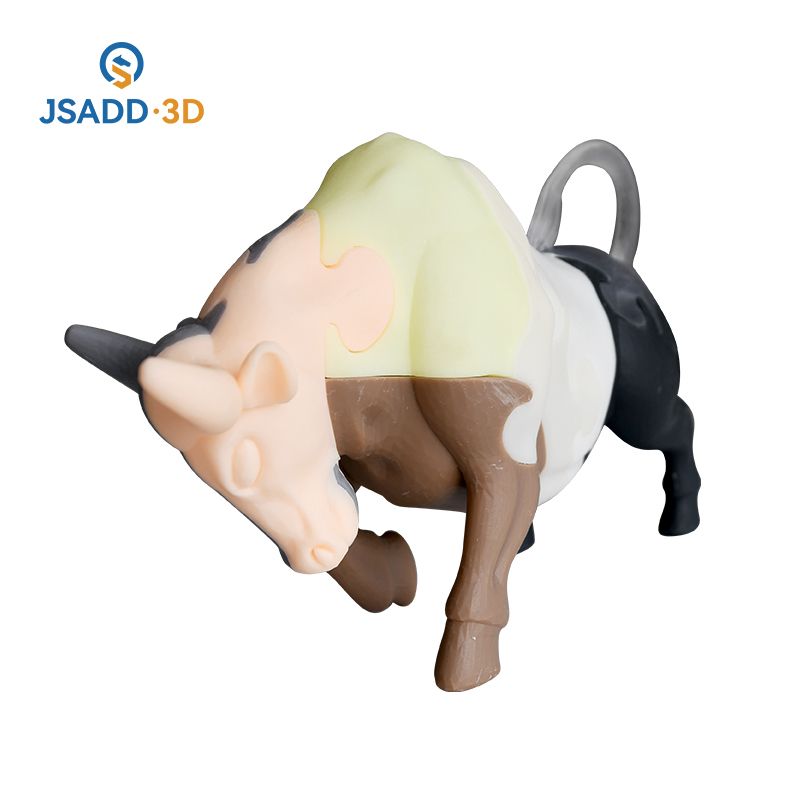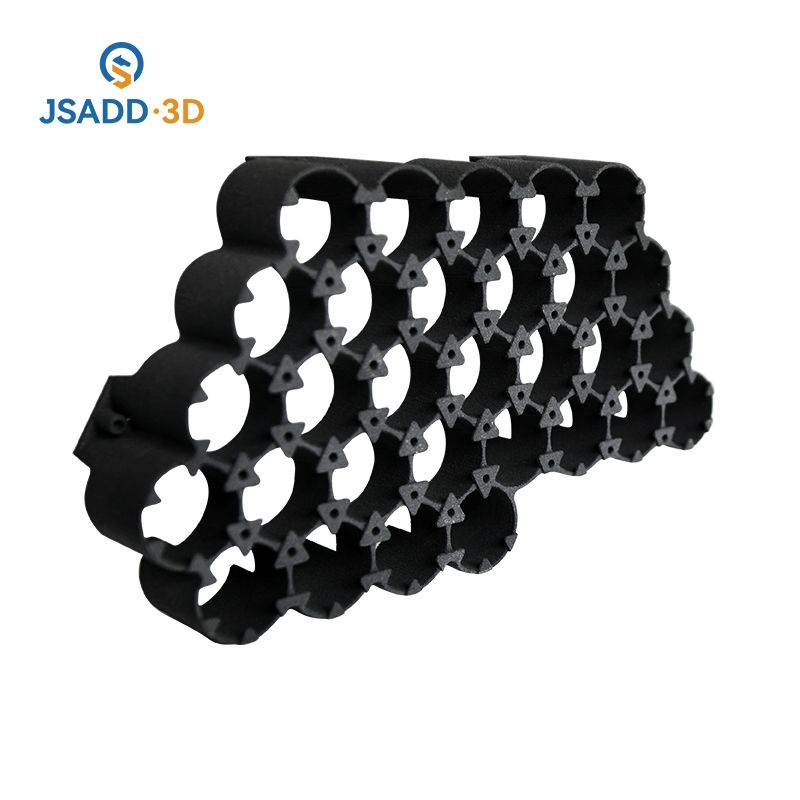With the gradual maturity of 3D printing technology, 3D printing has been widely used. But people often ask, "What's the difference between SLA technology and SLS technology?" In this article, we would like to share with you the strengths and weaknesses in materials and techniques and help you find the suitable technology for different 3D printing projects.
SLA(Stereo Lithography Apparatus) is a stereo lithography technology. It was the first additive manufacturing technology to be theorized and patented in the 1980s. Its forming principle is mainly to focus the laser beam on a thin layer of liquid photopolymer resin, and quickly draw the plane part of the desired model. The photosensitive resin undergoes a curing reaction under UV light, thus forming a single plane layer of the model. This process is repeated to end up with a complete 3D printed model .
SLS(Selective Laser Sintering) is defined as "selective laser sintering" and is the core of SLS 3D printing technology. The powder material is sintered layer by layer at high temperature under laser irradiation, and the light source positioning device is controlled by computer to achieve accurate positioning. By repeating the process of laying out powder and melting where needed, the parts are established in the powder bed. This process is repeated to end up with a complete 3D printed model.
SLA 3d printing
-Advantages
High precision & Perfect Detail
Various Material Selection
Easily Complete Large & Complex Models
-Disadvantages
1. SLA parts are often fragile and not suitable for functional applications.
2. Supports will appear during production, which needs to be removed manually
SLS 3d printing
-Advantage
1. Simple manufacturing process
2. No additional support structure
3. Excellent mechanical properties
4. Higher temperature resistance, suitable for outdoor use
-Disadvantages
1. High equipment cost and maintenance cost
2. The surface quality is not high








